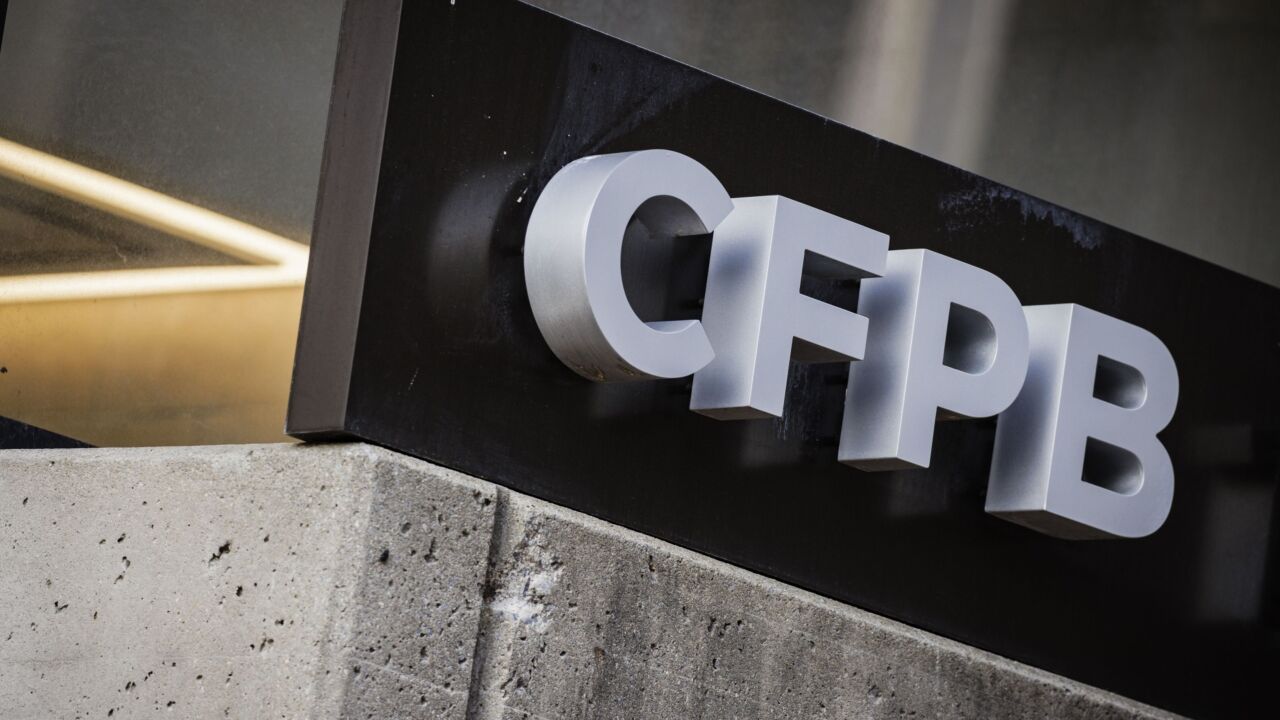Uber is clearly doing more to get into payments, but is hampered by a heavy regulatory burden and self-inflicted wounds to its brand.
The ride-sharing company has applied for an e-money license in the

Up to this point, the closest Uber has come to launching a mobile wallet was the October introduction of an
As ambitious as this was, it was also limited. Uber could let customers manage their card accounts within the app, but it wanted to bundle more payment capabilities into the ride-sharing experience.
“
An e-money license would enable Uber to build a Venmo-style experience to allow riders to split expenses; or enable the sort of marketing tie-ins that Crist alluded to. Uber did not return a request for comment by deadline on its plans for the e-money license.
Uber is well known for streamlining the payments experience, but it has been less successful in building the same sort of trust that people expect of a financial institution.
Last year, Uber hired
Becoming a global P2P player will also likely require more regulatory approvals than the one it seeks in the Netherlands.
"Implementing a new business model implies new capabilities for the consumer, which will almost certainly need to use the account for more than a simple payment, so new platform capabilities will be required," said Tim Sloane, vice president of payments innovation and director of the emerging technologies advisory service at Mercator Advisory Group. "To support this, new disclosures and consents must be introduced and managed with consumers."
Uber will also have to deal with fresh issues of enrollment. The end user agreements it has in place for passengers are likely insufficient for operating a digital wallet, Sloane said.
"If Uber wants to be a P2P enabler in the U.S. it would fall under the prepaid rules of the CFPB, which would require significant consumer consent prior to receiving funds," he said.
Uber certainly has the scale it needs to build a payments platform. Its behind-the-scenes payments experience has
"When considering the many companies that stockpile 'cards on file,' Uber is likely in the top 20," Sloane said. "Braintree and others have tried to utilize the stockpile to create new business and revenue streams, so why not Uber?"
Uber recently passed the
How does that compare to conventional payment apps? Uber has far fewer active users than
Among mobile technology providers , Apple Pay has 86 million users, Samsung Pay has 34 million and Google Pay has 24 million, according to
Uber has also made progress in diversifying its financial products. In addition to its
It's likely Uber's license application is meant as a precaution as its offerings start to look more and more like financial services.
"I think Uber’s move is motivated at least in part by a desire to have more flexibility, particularly in light of the PSD2 regulation," said Zil Bareisis, a senior analyst at Celent, noting many of today’s platform businesses, such as Uber, that facilitate transactions between buyers and sellers can avoid being regulated as payments businesses by invoking the commercial agent exemption under the original Payment Services Directive.
"However, that exemption is being taken away under PSD2, so if a platform wants to take possession or control of customer funds, they need to have an e-money license," Bareisis said.





